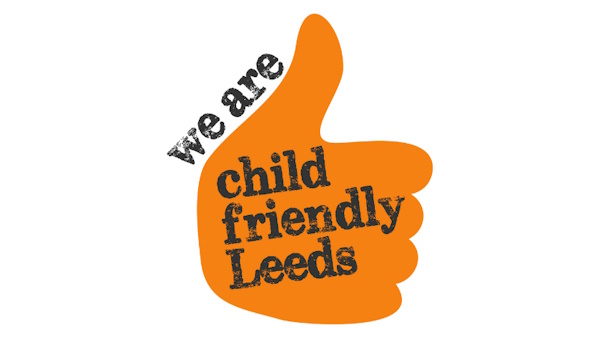What are publicly available data sources
Increasingly, up-to-date information is more accessible and available to the public.
There are a range of publicly available data sources helpful to practitioners and agencies working with children in Leeds. These can help practitioners and agencies to plan and to understand the needs of children and families and know if outcomes such as academic attainment are changing in Leeds.
The data sources are wide-ranging and cover educational attainment, school attendance, population estimates, health, employment, transport, housing, environment, economy, deprivation, and crime. Some provide national information, while others are Leeds-specific resources.
Practitioners should make themselves familiar with these resources, the information they provide, and how it might inform the services that they deliver.
What we have nationally
There are a range of national data sources, which help practitioners compare local authorities and schools. Here are some examples available from the Department for Education, Ofsted, and Health:
Department for Education
School performance tables that cover Key Stages 2, 4, and 5 are available by school type and locality. These tables are updated on an annual basis.
Statistics at DFE provides a broad range of information including Children in Need (CiN) (updated annually) and Children Looked After (CLA) (updated annually) and attendance data (updated termly). Attendance statistics are based on absences rather than attendance .
The online Local Authority Interactive Tool (LAIT) provides a broad overview of child related indicators. The LAIT is updated on a regular basis with the latest nationally available data.
Ofsted
Public Health England
Child health profiles are an example of the health data available.
What we have in Leeds
In Leeds, there are two main public data sources: the Leeds Observatory and Data Mill North.
The Leeds Observatory is a website that provides key data about the Leeds population and economy. All of the information on the Observatory is available to anyone with internet access.
The majority of information on the Observatory is presented in profiles and data tables. A profile is a selection of themed data, which can be viewed by different geographical areas.
Data Mill North is a collaborative data storage website that hosts datasets relating to transport, arts and culture, housing, health, sports, education, and tourism from a range of sources including Leeds city council, the NHS, utilities providers, the Environment Agency, and emergency services.
Also, for partner agencies there is a range of additional information available related to Children and Young People’s Plan priorities. This information is available for council employees and cluster partnerships on SharePoint sites.
Key contacts and more information
For more information about Children and Families data on the Leeds Observatory or for other queries on local or national children’s data, contact the Children’s Performance Service on 0113 3950701 or e-mail CHS.Performance.and.Intelligence@leeds.gov.uk.
For general Leeds Observatory enquires, contact: leedsobservatory@leeds.gov.uk.
For Data Mill North enquiries, contact open.data@leeds.gov.uk.
Printable version
